Which strawberry is better - remontant or regular?
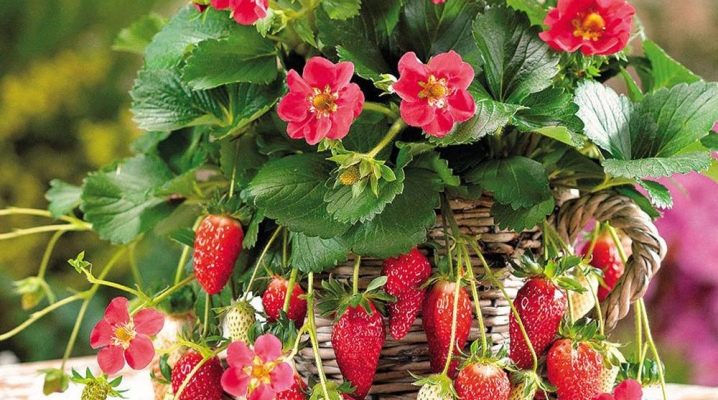
Repairing strawberries, raspberries, strawberries are capable of producing crops more than once per season. Inevitably, the question arises whether increased fertility does not negatively affect other qualities of the plant. Consider which strawberry is better: remontant or regular.
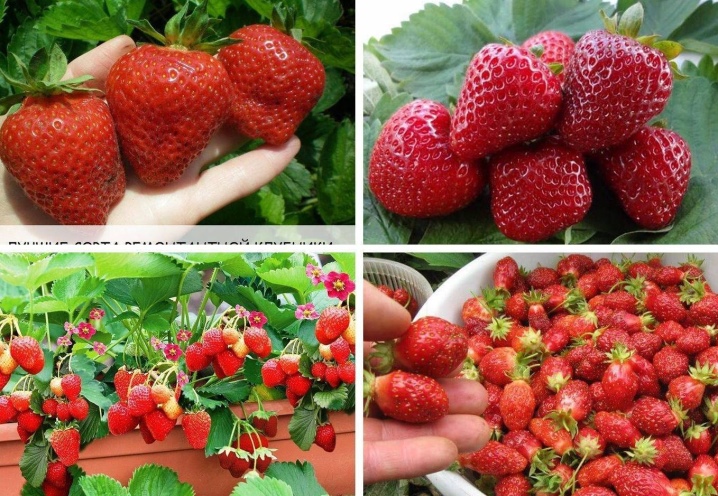
How does the taste differ?
Strawberry flavor varies greatly from variety to variety. Among the usual and remontant, there are berries with a rich taste (the usual "Rima Kimberly" and the remontant "Lyubasha"), relatively sour (remontant "Furor" and ordinary "Maxim" with a tasting rating of 4.4-4.5 points out of 5 , which is not enough for strawberries).
Also, the taste depends on the growing conditions. In Murmansk and the Moscow region, the same variety will show itself in different ways.
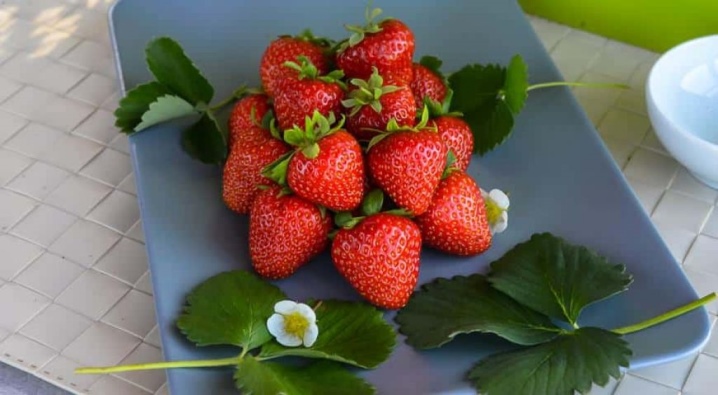
The conditions of a particular summer, planting density, agricultural technology and even age are important. In rainy years and with excessive watering, all varieties become more watery in taste.
But on average, remontant strawberries are more capricious, in this category there are more varieties with good, but not brilliant, ratings from tasters.
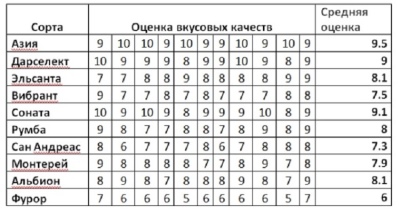
It affects the fact that the culture began to actively spread only in the last decade, which means that the plants do not have the resistance of traits... Repaired varieties are characterized by excellent potential, however, they are more sensitive to growing conditions, more often they produce more tasteless or sour berries.
Farms and fruit nurseries give preference to ordinary varieties: their planting gives a reliable proven harvest of berries, the taste of which is expected and predictable.
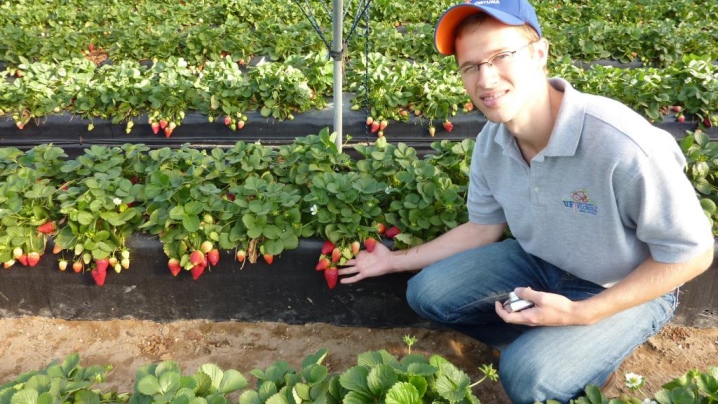
It is possible to distinguish a representative of a remontant group from a non-repair one by taste, but we can only talk about specific varieties.
- Repaired strawberry "Albion" is well recognizable. It is considered the standard of delicious strawberries, harmonious, while it has a bright, fragrant, "perfumery" aroma, which is well felt even when picked. Tasting score - 5 points.
- Repairing strawberry "Zephyr" - one of the most controversial varieties. It is called either very tasty or ordinary, faceless. Tasting score - 4 points.
- Plain strawberry "Festival chamomile"... The taste is classic, but with a predominance of sweetness. Under good conditions, the berries grow deliciously delicious and sweet. Tasting score - 4.9 points.
- Plain Arosa strawberry. Balanced taste with sufficient sweetness and acidity. The taste is slightly winey, dear. Tasting score - 4.7 points.
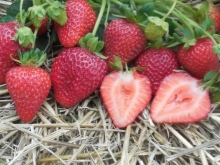
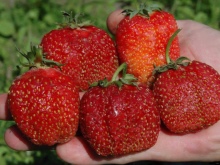
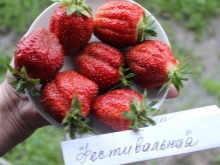
It should also be borne in mind that remontant strawberries are in vogue, there is a lot of interest in them from buyers, which is not always used by honest sellers. Variety descriptions are often exaggerated.
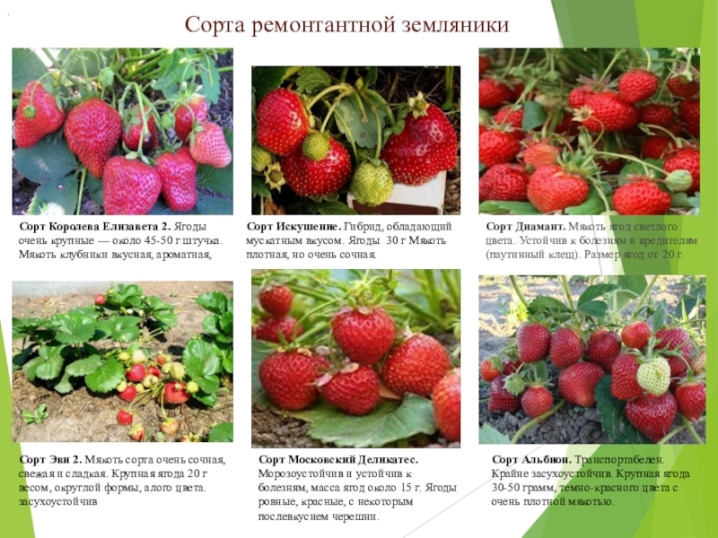
Differences in care
Strawberries have never been a berry for the lazy... It requires varied and attentive care. A significant disadvantage of ordinary strawberries is the active formation of mustaches, which must be removed. They drain the bush and interfere with the directing of forces to the formation of berries. The whiskers are left only on the queen cells.
Repaired strawberries or do not form a mustache at all (continuously bearing varieties), or produces relatively few of them (varieties that yield 2 times a year). This saves the grower from having to prune them regularly. At the same time, "little mowing" is a disadvantage from the point of view of reproduction. An ordinary strawberry lives in one place for 3-5 years without losing yield.The repairing one, if you want to get high yields, needs to be renewed annually.
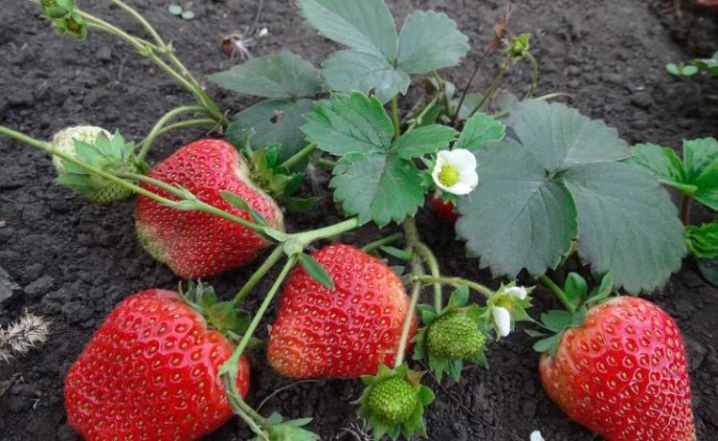
You have to buy seedlings, grow them from seeds, divide the bushes or take care of the mustaches of those varieties that do have them.
Agricultural technology of both types is similar in general terms.... But the extended fruiting of remontant strawberries (in doubles - 30% of the total harvest in the first wave, 70% in the second) suggests a different regime of watering, feeding and harvesting. The treatment is more intensive and time consuming. In the conditions of the Russian Federation, the quality and quantity of berries in the second wave completely depend on care.
Ordinary strawberries need careful weeding, treatment from pests with "Fitosporin", removal of old foliage, loosening, fertilization once (before flowering). During flowering, careful watering is needed: not too little, otherwise the berries will be tasty, but small, and not too much, otherwise the berries will be watery or begin to rot. For a remontant, the same set of actions will need to be carried out at least twice, and carefully watered throughout the season. She also needs frequent feeding - at least 1 time in 10 days.


In most regions of the Russian Federation, to obtain a high-quality second wave, it will be necessary to install arcs with spunbond or other shelter to compensate for the negative impact of low night temperatures.
September temperatures up to + 10 ° С are too little for a berry native to East Asia. If you do not take care of the elevated temperature, the harvest will be poor, and the berries will be deformed, small and sour.
It is optimal to grow remontant strawberries in indoor greenhouses.
The winter hardiness of remontant strawberries is several times worse. You will need either a good shelter, or immediately calculating for a 1-year growing cycle.
It is also less hardy, it perceives the continental climate worse; in extreme heat, shading and even more careful watering will be required.
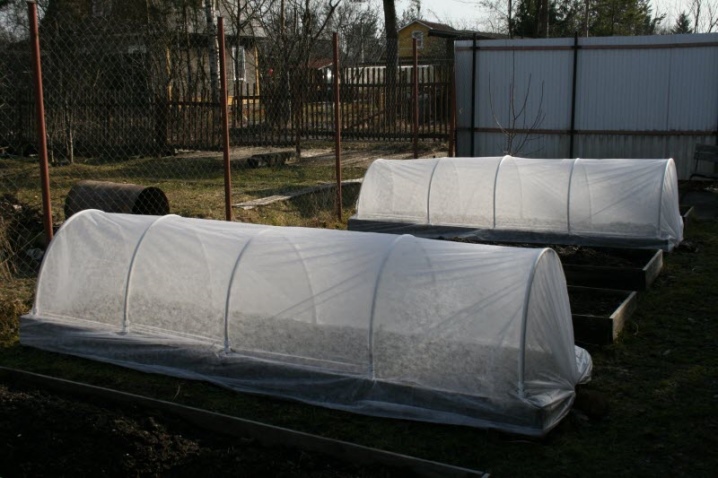
Comparison of other characteristics
Strawberry yield from 1 sq. m. - 1-1.5 kg. This is a normal average value. Both remontant varieties and ordinary varieties can give such a volume. Only in the case of the former, the volume will be extended for the entire season. And the plant will take a lot of smaller berries. Ordinary varieties give on average larger fruits, but once. Which is better - each gardener chooses according to his needs.
For the use of fresh berries, especially for families with children, extended fruiting is more desirable: the berries can be removed from remontant varieties from August to September.
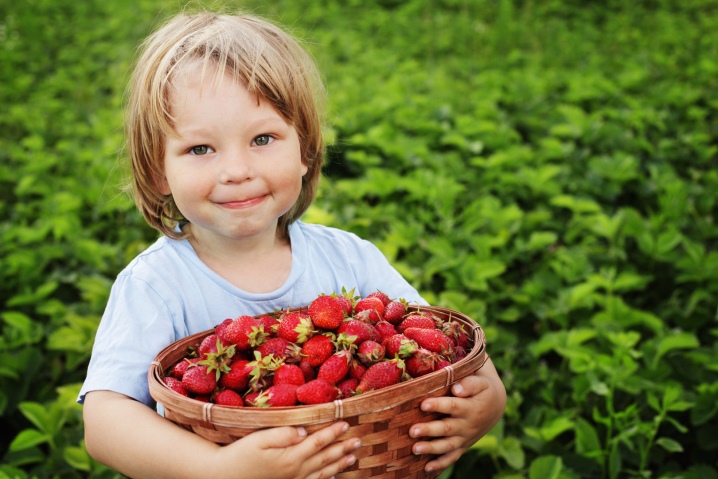
For harvesting and canning, a bountiful single harvest is preferable.
Strawberry yield 2-4 kg per 1 sq. m. landings are possible. Such crops are successfully harvested from remontant strawberries in Italy and France. But in Russian conditions it will be necessary to take into account that:
- intensive agricultural technology will be required;
- the berry must be grown in a greenhouse so that the fruits of the autumn harvest have time to ripen;
- the plants will be depleted and plantings will need to be renewed next year.
In the Russian Federation, producers still prefer to grow ordinary varieties rather than remontant ones. They will reliably bear fruit for three years after planting the seedlings, they are stable, hardy, get sick less and are easier to calculate.
Comparative characteristics of popular varieties:
| Name | Reparability | Maximum berry weight, g | Potential yield per bush, kg |
| "Vima Zanta" | No | 40 | 0,8 |
| "Gigantella" | No | 125 | 3 |
| "Diamond" | Yes | 40 | 2 |
| "Ducat" | No | 60 | 2 |
| "Kent" | No | 40 | 1 |
| "Clery" | No | 45 | 2 |
| Olvia | No | 40 | 0,7 |
| "Queen Elizabeth 2" | Yes | 110 | 1,5 |
| San Andreas | Yes | 30 | 3,3 |
| "Elsanta" | No | 50 | 1,5 |
| "Asia" | No | 40 | 1,2 |
| "Portola" | Yes | 45 | 2 |

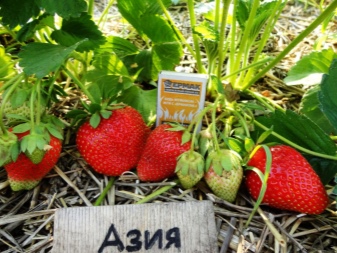
Important! Potential yields are based on ideal conditions. For example, the San Andreas variety showed a yield of 3.3 kg where it was bred in California.
Very large fruits can be in different varieties: both remontant and ordinary.
For business, indicators such as keeping quality and transportability of berries are important. These are individual characteristics that depend on the variety, not the class of the strawberry.The usual varieties are distinguished by good keeping quality: Festivalnaya Daisy, Kokinskaya, Eliani, Asia, Kent, Vima Zanta. Among the repairmen are "San Andreas", "Molling Opal", "Dimant".
Repaired ones show themselves as good business varieties only with high agricultural technology.
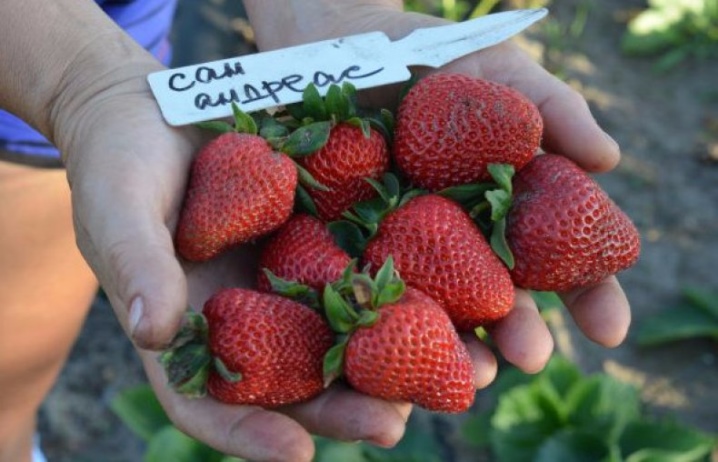
What is the best choice?
The debate about what to choose will not subside soon.... The renovated strawberry is undoubtedly very attractive. Bushes repeatedly covered with berries, areas that bear fruit throughout the season, attract even those who need one-time bountiful harvests.
But today all the difficulties with it have not been resolved. The most important drawback of growing it in the open field is the long growing season, which does not fit well with the short Russian summer. Many remontant varieties take a long time to accelerate, gaining the bulk of flowering and berries only by autumn. Autumn berries in the middle lane do not have time to ripen or are sour due to lack of sun.
A regular strawberry will show itself to its fullest in a suitable, tight time frame.
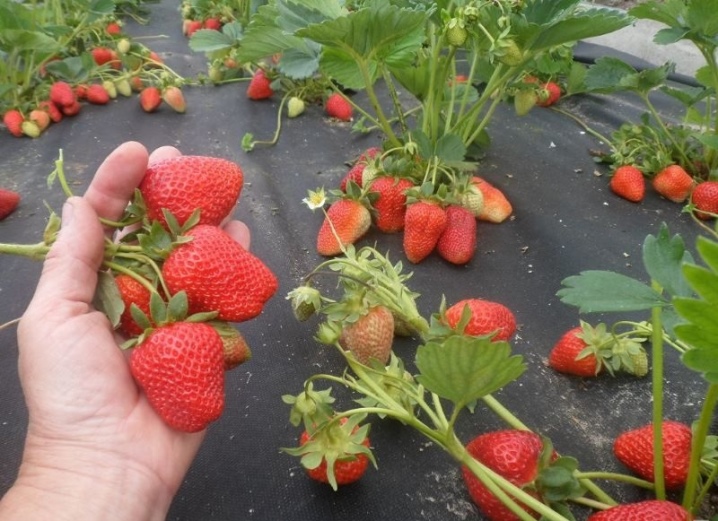
For planting on a balcony or in room conditions, the remontant definitely wins.
Many gardeners compromise by combining both types of varieties in the beds. Or they are trying to solve the problems of remontant strawberries with the help of new agricultural techniques. For example, a new tasty variety "Vima Rina" produces excellent berries in the first year, and is depleted in the second. By the next year, gardeners are completely renewing the garden.
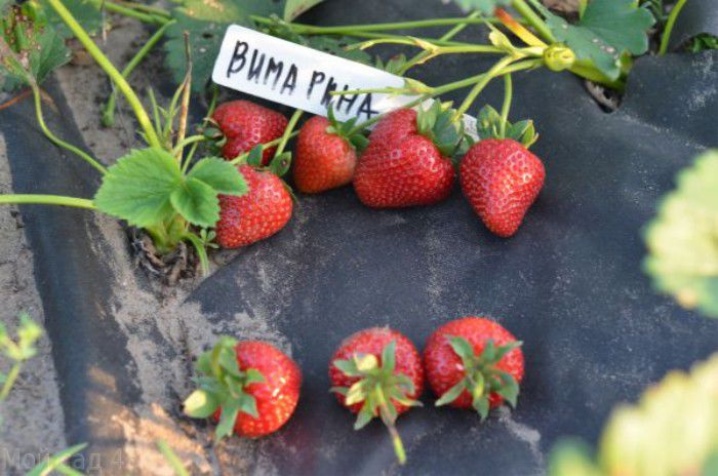













The comment was sent successfully.